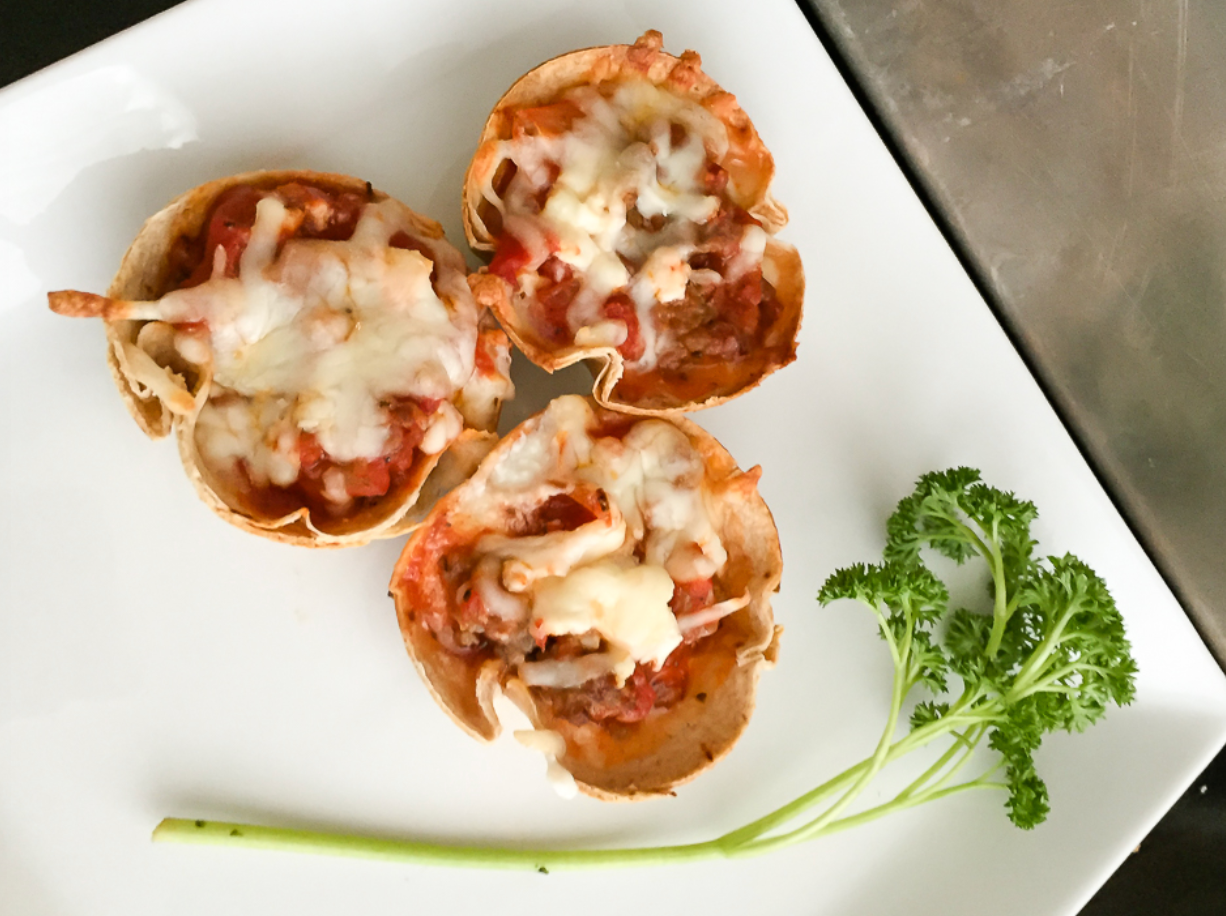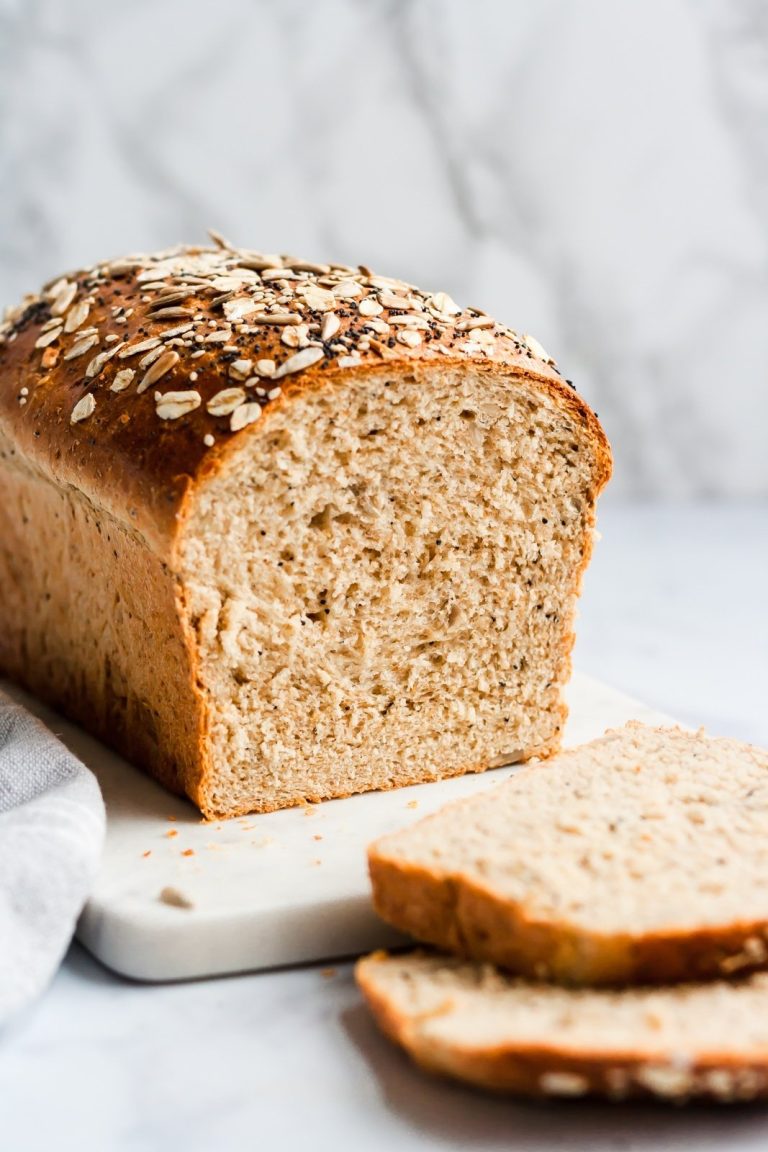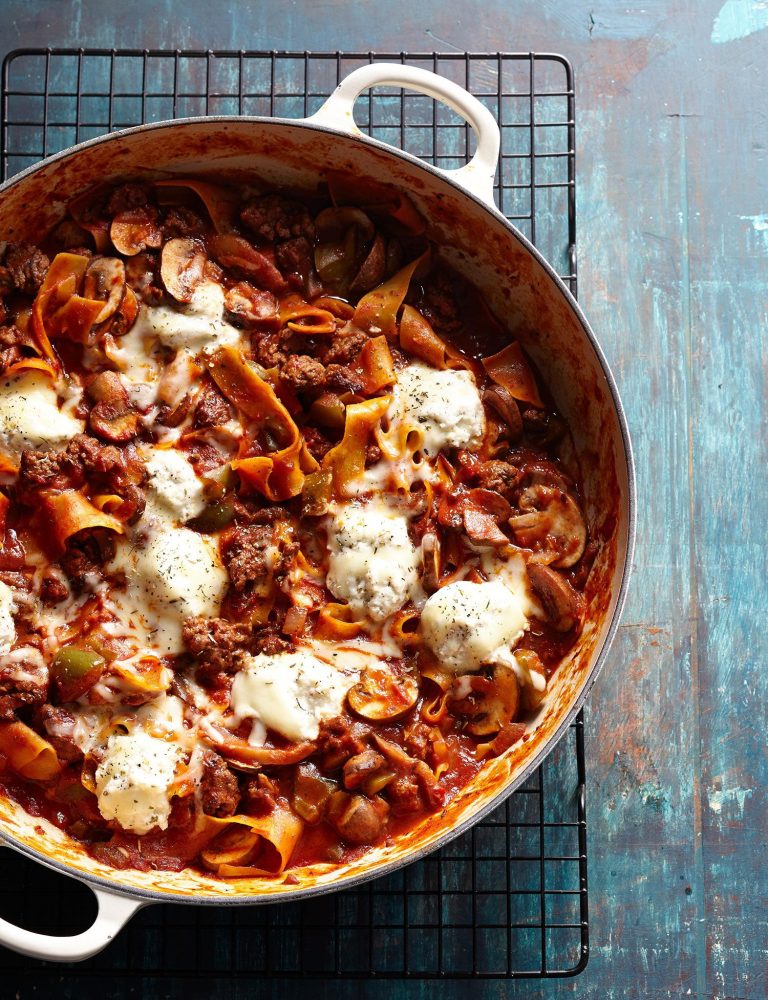Cheese Lasagna: History, Recipe, Nutritional Benefits, and Perfect Pairings
Cheese lasagna dates back to ancient Rome, where early versions featured layers of dough and cheese. Lasagna derives its name from the Greek word “Laganon,” the first known pasta. In medieval Italy, lasagna recipes evolved with locally available ingredients, gradually incorporating creamy cheeses.
Lasagna gained popularity during the Renaissance, highlighting the layered pasta’s versatility. Cheese lasagna’s evolution continued with the introduction of new cheeses like mozzarella and ricotta. By the 19th century, Italian immigrants introduced cheese lasagna to North America, where it became a beloved dish.
Regional Variations
Different Italian regions feature unique cheese lasagna variations. Northern Italy often uses béchamel sauce, making the lasagna richer and creamier. Southern regions prefer ricotta cheese, adding a distinctive texture and flavor.
In Emilia-Romagna, lasagna alla Bolognese includes layers of ragù and Parmigiano-Reggiano alongside cheese. In Sicily, lasagna al forno blends ricotta with mozzarella, focusing on simplicity and freshness.
American adaptations showcase variations like vegetarian lasagna with spinach and cheese, reflecting local tastes and ingredient availability. These regional differences enhance the diverse appeal of cheese lasagna, demonstrating its lasting popularity.
Ingredients for Classic Cheese Lasagna
Essential Cheeses
Classic cheese lasagna relies on key cheeses to achieve its distinctive flavor and texture. You’ll need mozzarella, ricotta, and parmesan. Mozzarella melts well, providing the stretchy, gooey layer that defines the dish. Ricotta introduces a creamy consistency, making each bite smooth and delightful. Parmesan adds a sharp, tangy finish to the lasagna, enhancing its overall richness.
Additional Components
In addition to the cheeses, other vital ingredients bring out the full potential of the lasagna. For the sauce, use crushed tomatoes, tomato paste, and garlic. These elements form a robust base, giving the lasagna its characteristic savory depth. Noodles lay the foundation, providing structure and holding the dish together. Use eggs to bind the ricotta mixture, ensuring a firm yet creamy texture.
Spices like basil, oregano, and parsley add aromatic undertones, enhancing the overall flavor profile. Salt and pepper season the dish, refining its taste. Olive oil, used in the sauce and for drizzling over the noodles, adds a subtle richness and prevents sticking.
Step-by-Step Cooking Guide
Preparation Techniques
First, preheat your oven to 375°F (190°C) to ensure it’s ready when you finish assembling. Prepare the ingredients by shredding 2 cups of mozzarella, grating 1 cup of parmesan, and mixing 2 cups of ricotta with 1 beaten egg.
Chop 4 cloves of garlic and 1 onion, then sauté them in a pan with 2 tablespoons of olive oil until fragrant. Add 28 ounces of crushed tomatoes and 1 teaspoon each of basil and oregano. Simmer this sauce for 15 minutes to develop the flavors.
Boil 12 lasagna noodles for about 8 minutes or according to the package instructions. Drain and rinse them with cold water to stop the cooking process. Lay them flat on a clean towel to prevent sticking.
Baking Tips and Tricks
Start with a thin layer of sauce at the bottom of a 9×13-inch baking dish to prevent sticking. Lay down a layer of noodles, followed by dollops of the ricotta mixture, a generous sprinkle of mozzarella and parmesan, and another layer of sauce. Repeat these layers two more times.
Cover the dish with aluminum foil, ensuring it doesn’t touch the cheese to prevent sticking. Bake for 25 minutes, then remove the foil and bake for an additional 20 minutes or until the top is golden and bubbly.
Allow the lasagna to rest for 15 minutes before cutting. This helps the layers set and makes serving easier. Use a sharp knife to cut clean slices, ensuring each piece holds together.
By following these preparation techniques and baking tips, you’ll create a cheese lasagna that’s flavorful and satisfying.
Nutritional Information
Health Benefits
Cheese lasagna offers several nutritional benefits, owing to its diverse ingredients. Cheese, for example, is a rich source of calcium, promoting strong bones and teeth. It also provides protein, essential for muscle repair and growth. Tomatoes, often used in the sauce, are high in vitamin C and antioxidants, which support the immune system and combat oxidative stress.
Pasta in lasagna provides carbohydrates, a primary energy source that sustains bodily functions and daily activities. If you include spinach or other vegetables in your cheese lasagna, you add fiber, which aids digestion and promotes a feeling of fullness, potentially aiding in weight management.
Calorie Content
Cheese lasagna is calorie-dense, so portion control is key to managing intake. A standard serving size (around 8 ounces) typically contains:
| Nutrient | Amount per Serving |
|---|---|
| Calories | 400-500 kcal |
| Protein | 20-25 grams |
| Carbohydrates | 45-55 grams |
| Fat | 20-25 grams |
| Calcium | 20-25% DV (Daily Value) |
| Vitamin C | 10-15% DV |
These values can vary based on the type and quantity of cheese, pasta, and other ingredients used. Opting for low-fat cheese and whole-grain pasta can alter nutritional values to suit specific dietary needs.
Serving and Pairing Suggestions
Best Side Dishes
Complement cheese lasagna with side dishes like garlic bread, a mixed green salad, and roasted vegetables. Garlic bread provides a crunchy contrast to the creamy lasagna. A mixed green salad with a light vinaigrette balances the richness. Try adding cucumbers, cherry tomatoes, and red onions for extra flavor. Roasted vegetables such as zucchini, bell peppers, and eggplant enhance the meal with their caramelized notes.
Wine Pairing Ideas
Enhance your cheese lasagna with wines like Chianti, Sauvignon Blanc, and Pinot Noir. Chianti, with its medium body and high acidity, cuts through the cheese’s richness. Sauvignon Blanc offers a crisp, refreshing contrast, particularly when the lasagna has a tomato-rich sauce. Pinot Noir, with its balance of red fruit and acidity, pairs well with the dish’s savory notes. Choose wines with complementary flavors to elevate the dining experience.
Conclusion
Cheese lasagna isn’t just a dish; it’s a culinary journey through history and flavors. Whether you prefer the creamy béchamel of the North or the rich ricotta of the South, there’s a version for every palate. With its nutritional benefits and delicious pairings, cheese lasagna can be a wholesome and satisfying meal. Remember to enjoy it with balanced portions and thoughtful sides to elevate your dining experience. Embrace the tradition and versatility of cheese lasagna, and you’ll find it becomes a cherished addition to your meal repertoire.






